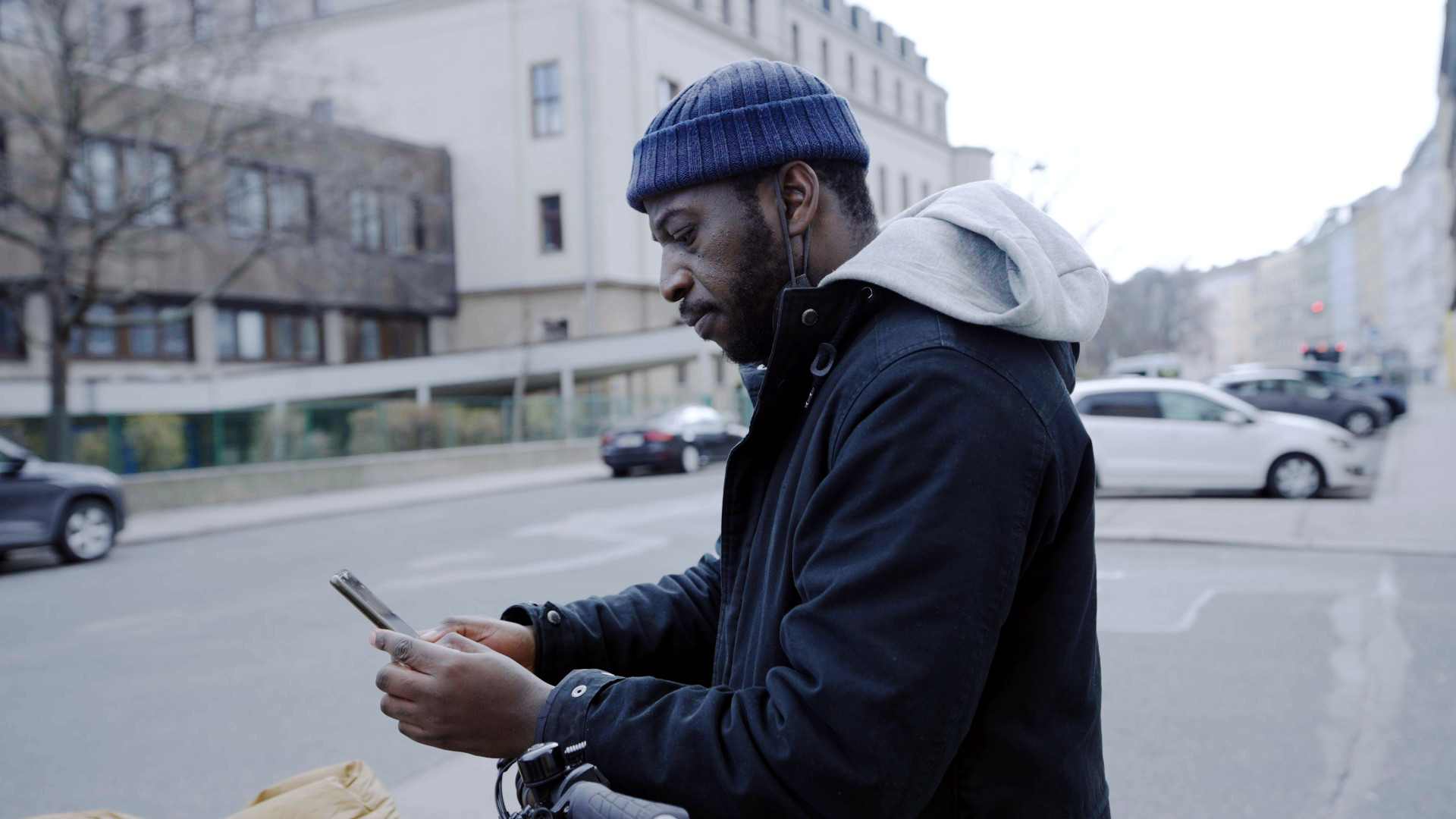
Still aus der Videoarbeit © Ayo Aloba, Laura Ettel
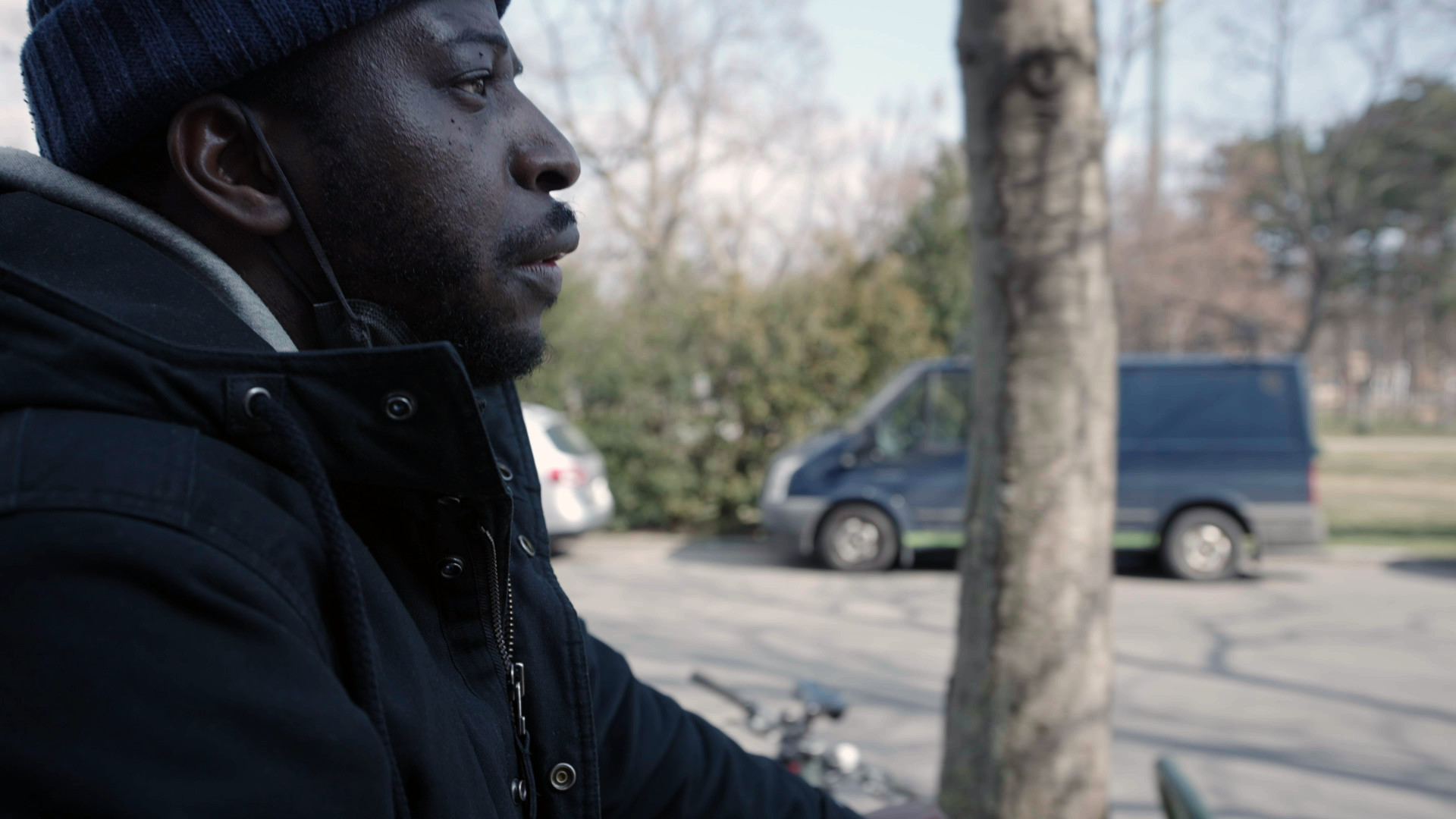
Still aus der Videoarbeit © Ayo Aloba, Laura Ettel
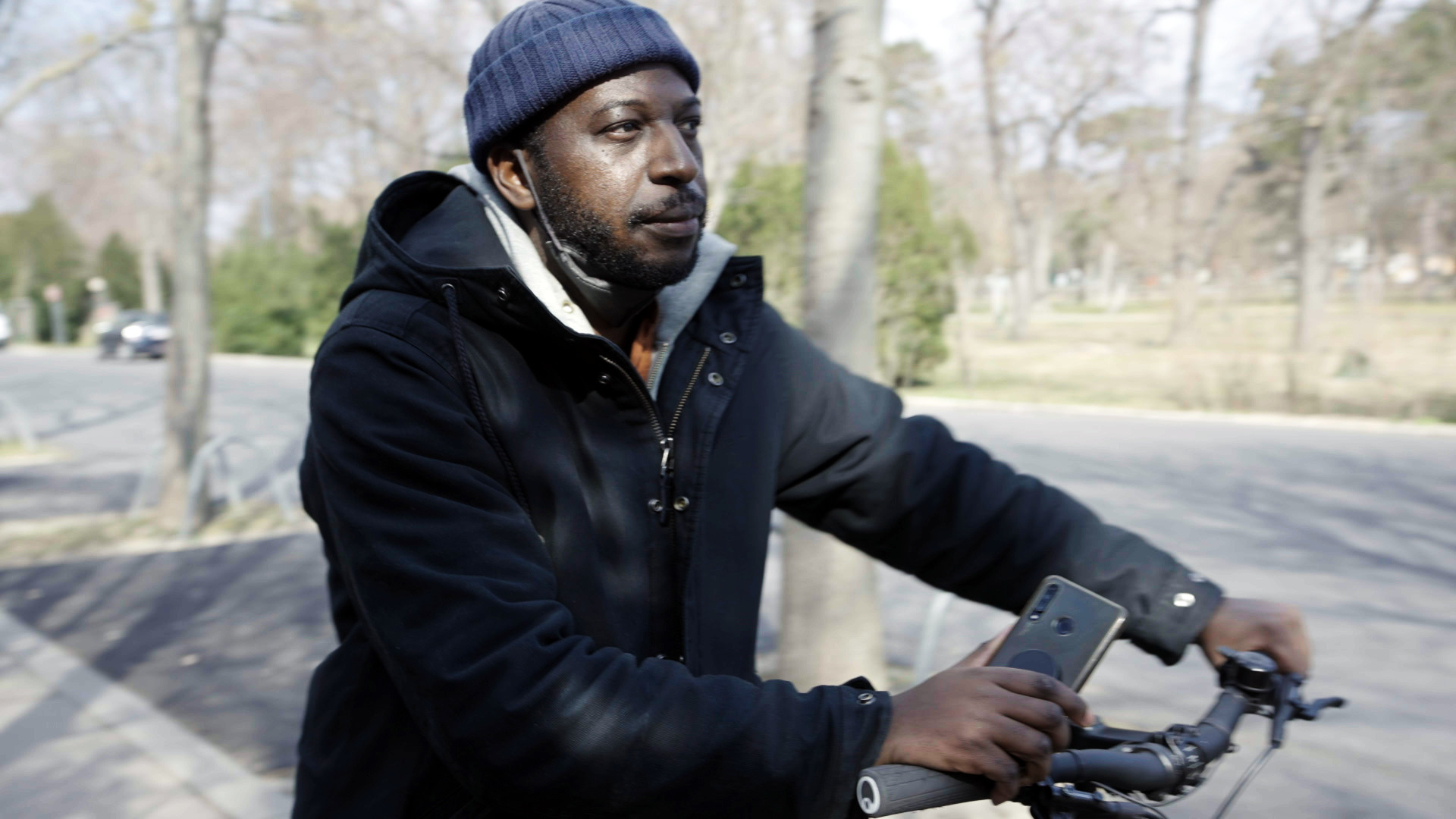
Still aus der Videoarbeit © Ayo Aloba, Laura Ettel
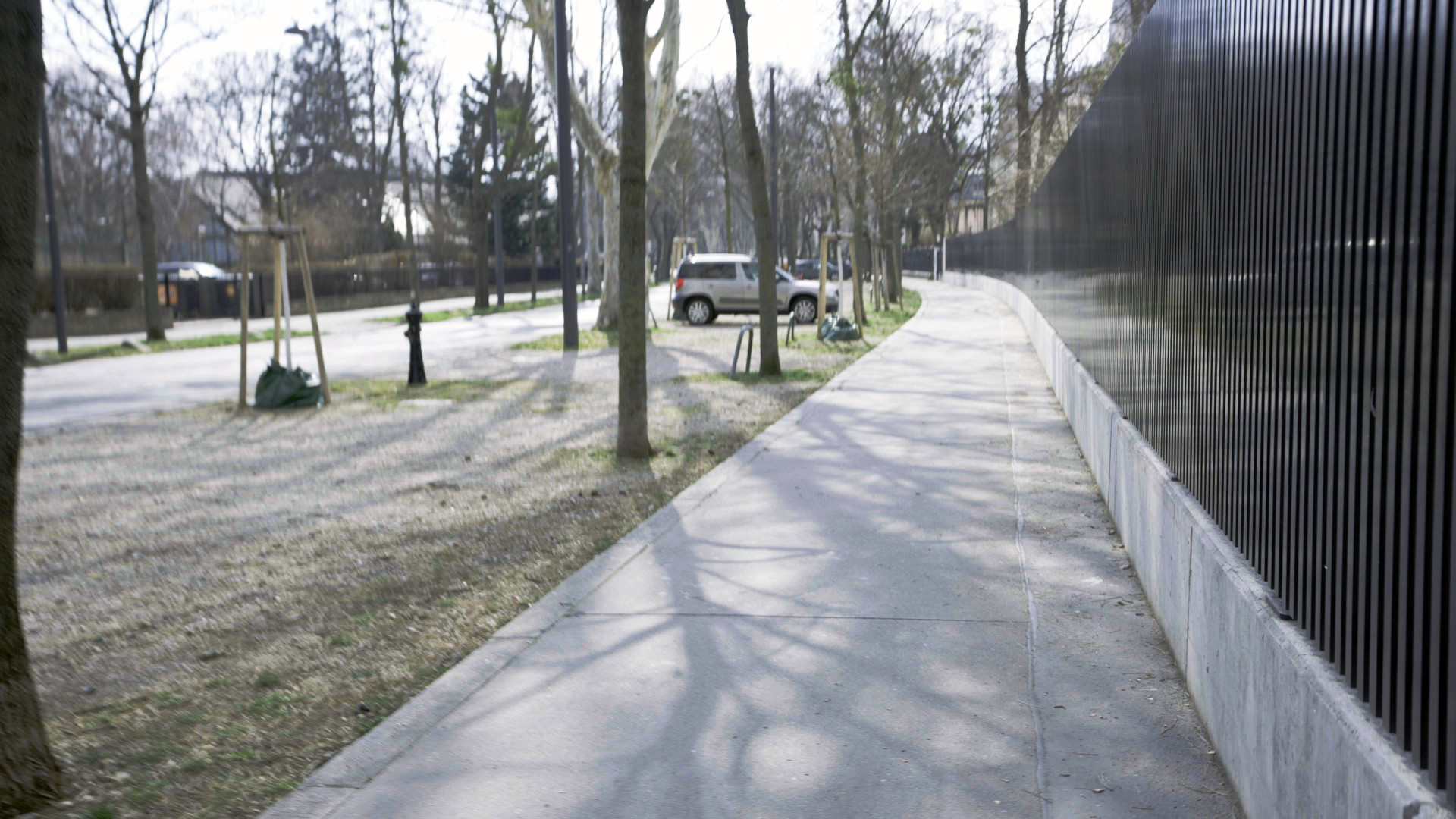
Still aus der Videoarbeit © Ayo Aloba, Laura Ettel
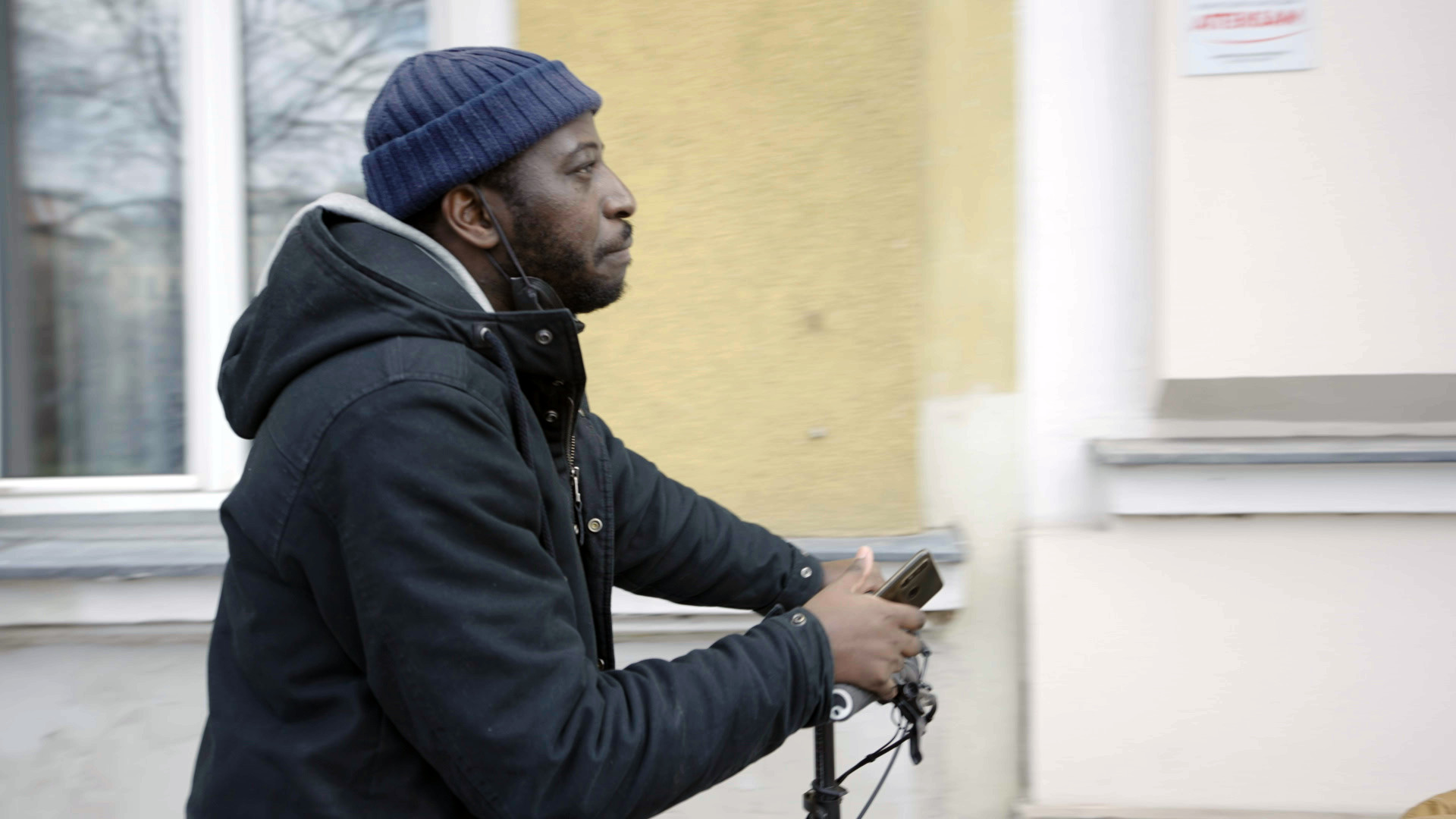
Still aus der Videoarbeit © Ayo Aloba, Laura Ettel
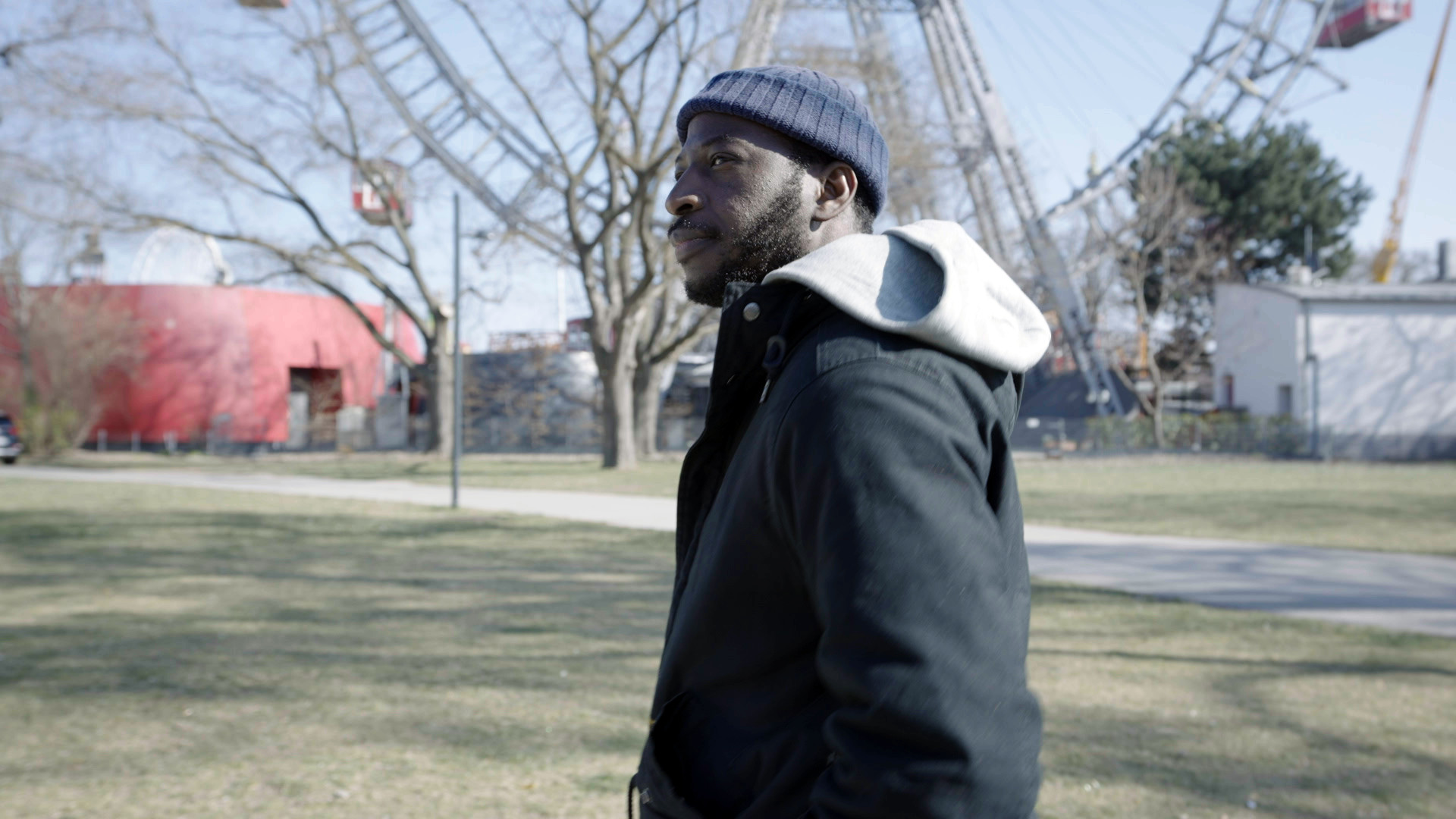
Still aus der Videoarbeit © Ayo Aloba, Laura Ettel
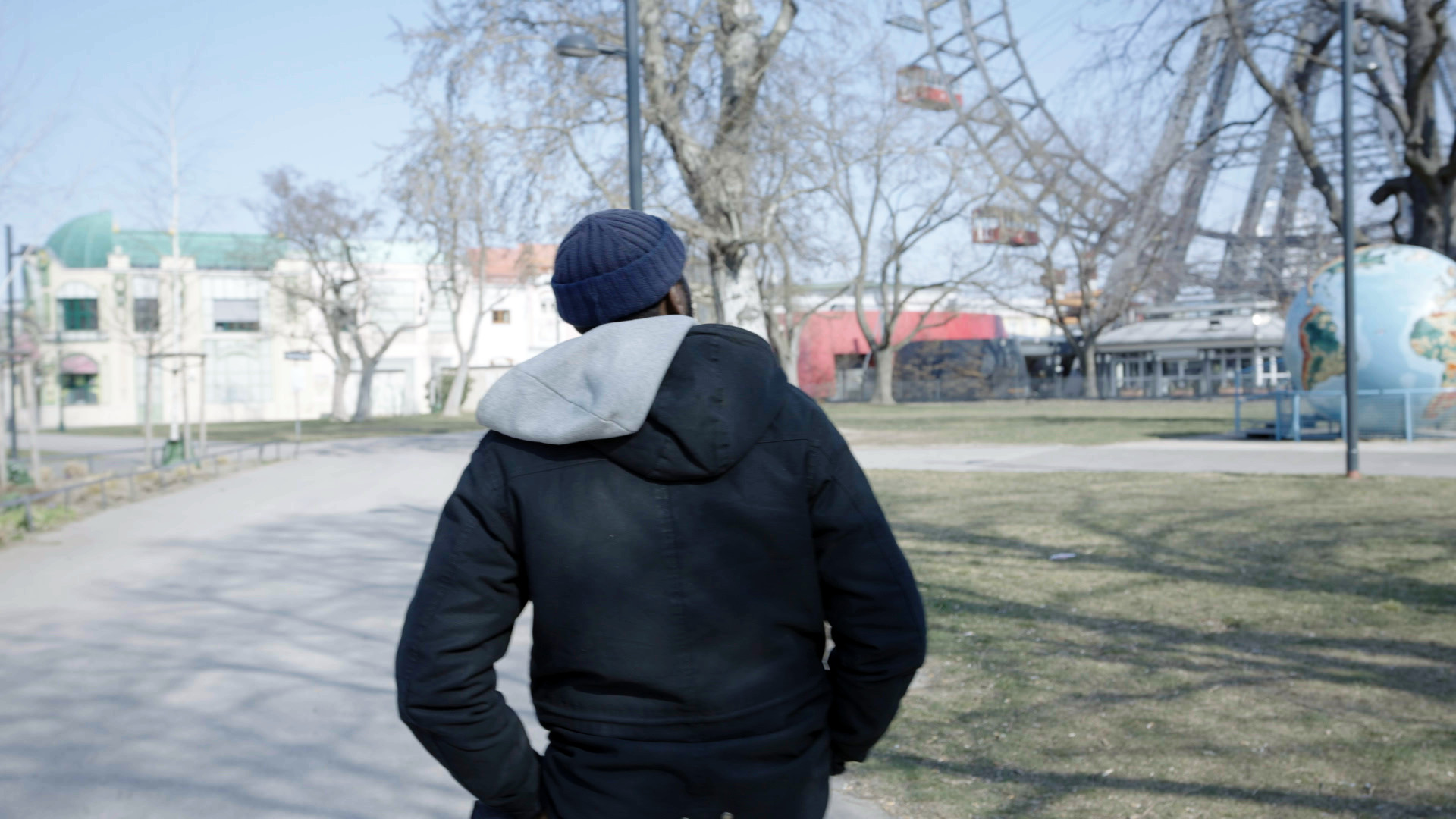
Still aus der Videoarbeit © Ayo Aloba, Laura Ettel
AYO ALOBA
Ayo’s Investigation
“I’m trying to locate the space or area where people of color were helt in a form of exhibition. Right in the heart of Vienna. It was around 1897 that it happened and it was one of the biggest attraction that year. It’s one of those things that is not really publicly documented. So I’m just curious to see that space.
So you could see people displayed. People who look like me, naked, some form of, uh, anthropological entertainment, if you like. I think it was called Ethnoanthropological Exhibition.”
In dieser kollaborativ entstandenen Videoarbeit gab es einen klaren Ausgangspunkt: Das Thema und der Drehort waren klar. Ayo Aloba schickte vorab Informationen über “Human Zoos”, diese historische Phase in der Menschen verschiedener Ethnien “ausgestellt” wurden. Wir haben das gelesen und dann haben wir gesagt, wir treffen uns im Prater. Und drehen.
Es gab keine Regie. Es gab eine Kamerafrau und mich, Nina Kusturica. Laura Ettel hat bei der Kamera auf Record gedrückt und Ayo ist losgegangen und ist gegangen. Wir drei sind ihm nach. Das wars. Ab und zu sind wir im Bild, und dann sind wir so wie ein Körper aus irgendwie fünf Personen, durch diesen Prater gegangen.
Ayo hat so eine Art Modus gefunden, zwischen Selbstgespräch und Tagebuch. Er hat begonnen zu sprechen, hat das gestaltet in seiner Art, Laura hat mitgefilmt. Es war schnell ein Vertrauen da, durch die vielen Treffen auch davor. Sie haben sich gekannt. Wir haben viele Gespräche gehabt, das war eine gute Basis.
Es war wirklich ein Dreh bei welchem es keine Regie gab. Und es hat funktioniert. Das fand ich total interessant, weil das Team sich sehr vertrauensvoll gekannt hat. Es war eher so ein Raum, wo man gefragt hat: soll man nochmal dorthin zurück oder hier um die Ecke schauen? Wir haben alle kurz darüber nachgedacht und dann hat Laura gesagt, das Licht ist da besser. Aber es gab nicht dieses: “Jetzt komm und tu das.”
Ayo hat seinen Raum gehabt, das sieht man auch im Material, wie er da geht und es okay ist für ihn, das zu machen. Und er nicht, wie man es oft in Dokumentarfilmen sieht, in so eine Idee, die die Regie von dem hat, was jetzt die echte Person tun sollte, hineingezwängt wurde. Das war für mich so ein dankbarer Moment, eine neue Erkenntnis auch, das zu nehmen, was die Menschen selbst mitbringen, ohne diese kontrollierende Regie zu haben.
“There is no sign whatsoever. Nothing. No memory of no nothing. It is bustling to me. I mean you have BILLA, you have a grocery shop there… but yeah, it really breaks your heart.”
Im zweiten Teil der Videoarbeit reflektiert Ayo über seine eigenen Erfahrungen, als er von Nigerien nach Österreich kam. Parallelen zu dem, wie sich die Aschanti gefühlt haben müssen.
“I just had this sense of, uh, nostalgia of me going to Prater as a child with my family. You know, we were in a place in a similar situation, where people we became the attraction. And the point of all this attention. (…) So I guess that was part of what was going through my mind, the gazes and how it made me feel.”
Look vs. Gaze
“The gaze is, as a child, I always felt in the like when I was in the public transit transport, I’m sitting down with mum, I was talking and I don’t mind if people are looking at me.
Of course we all look at each other, but the point is, how you look at a person. And I always felt from that moment on I would just bury my face in my mum’s shoulder. I knew from that day on that being part of a society where you are a minority, you always going to be that spectacle.”
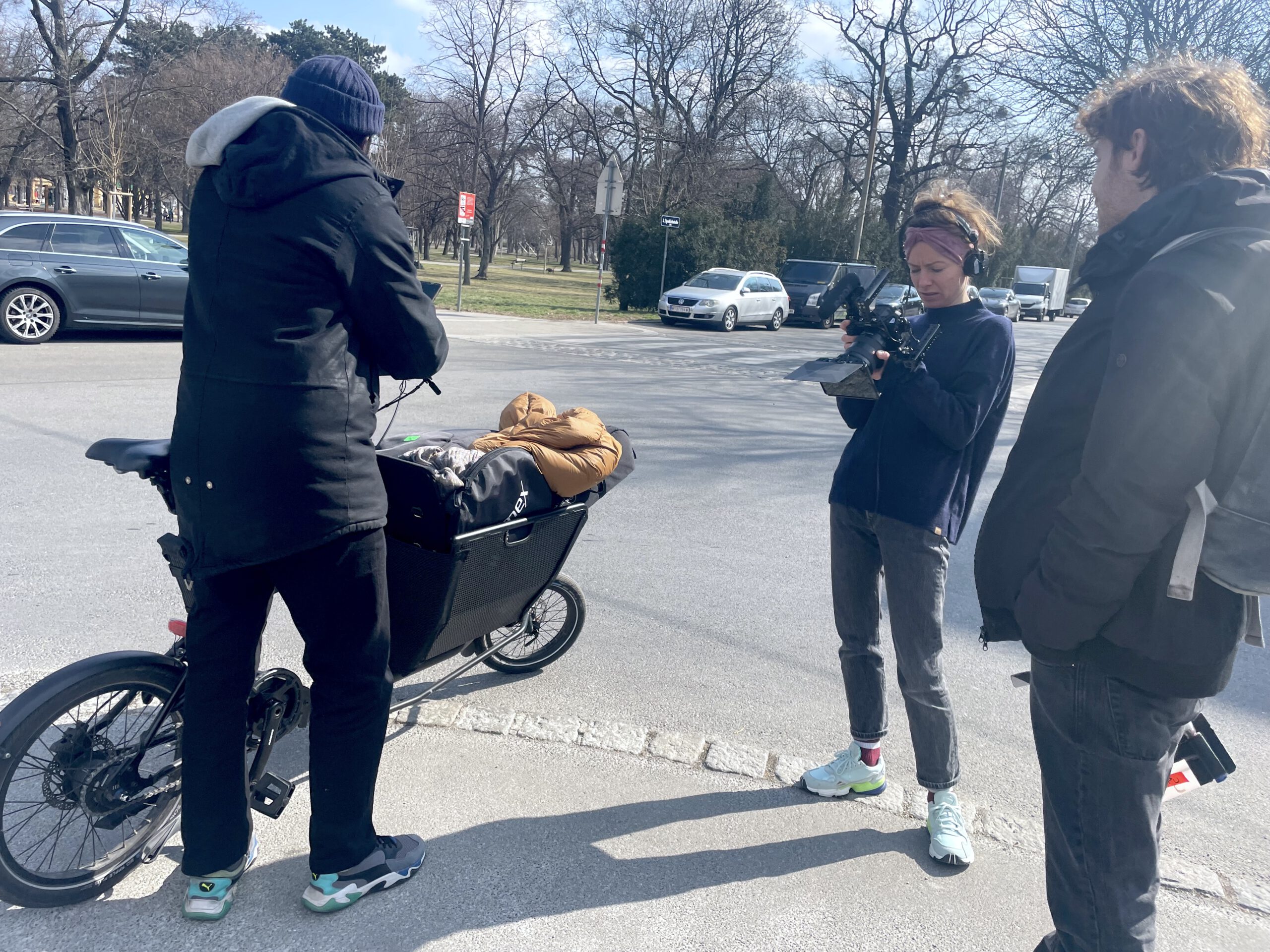
Making Of Foto @ Nina Kusturica
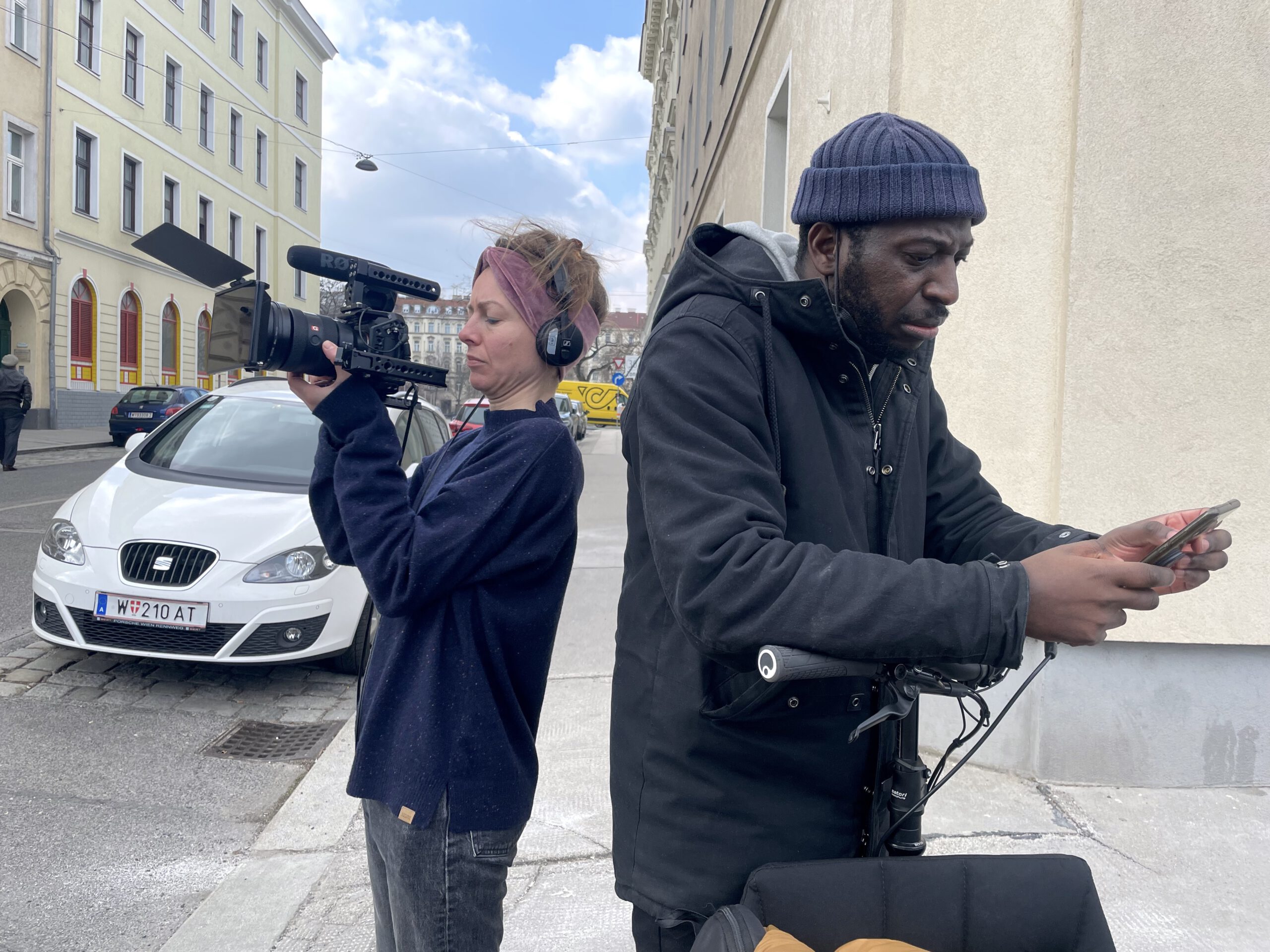
Making Of Foto @ Nina Kusturica
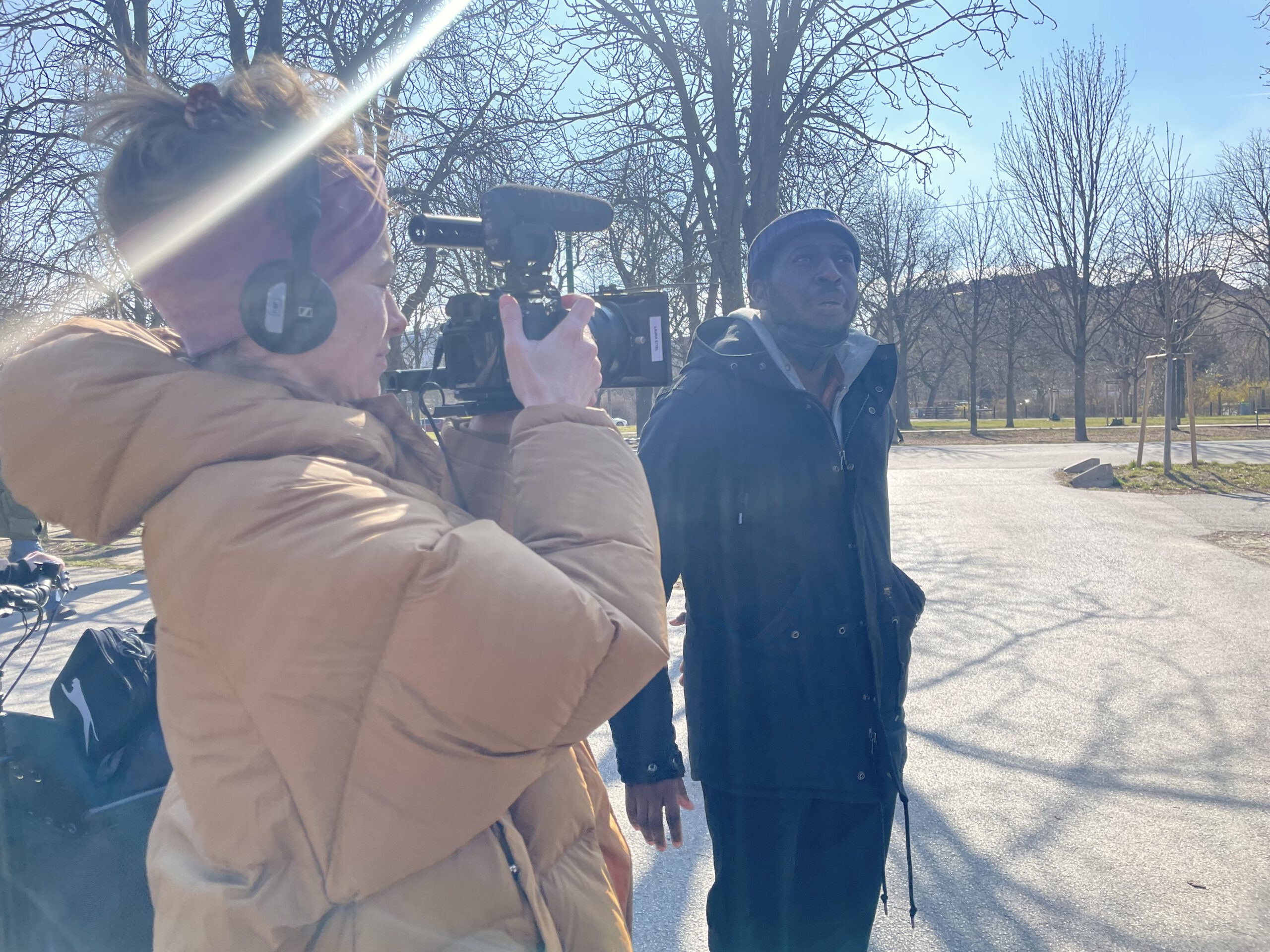
Making Of Foto @ Nina Kusturica
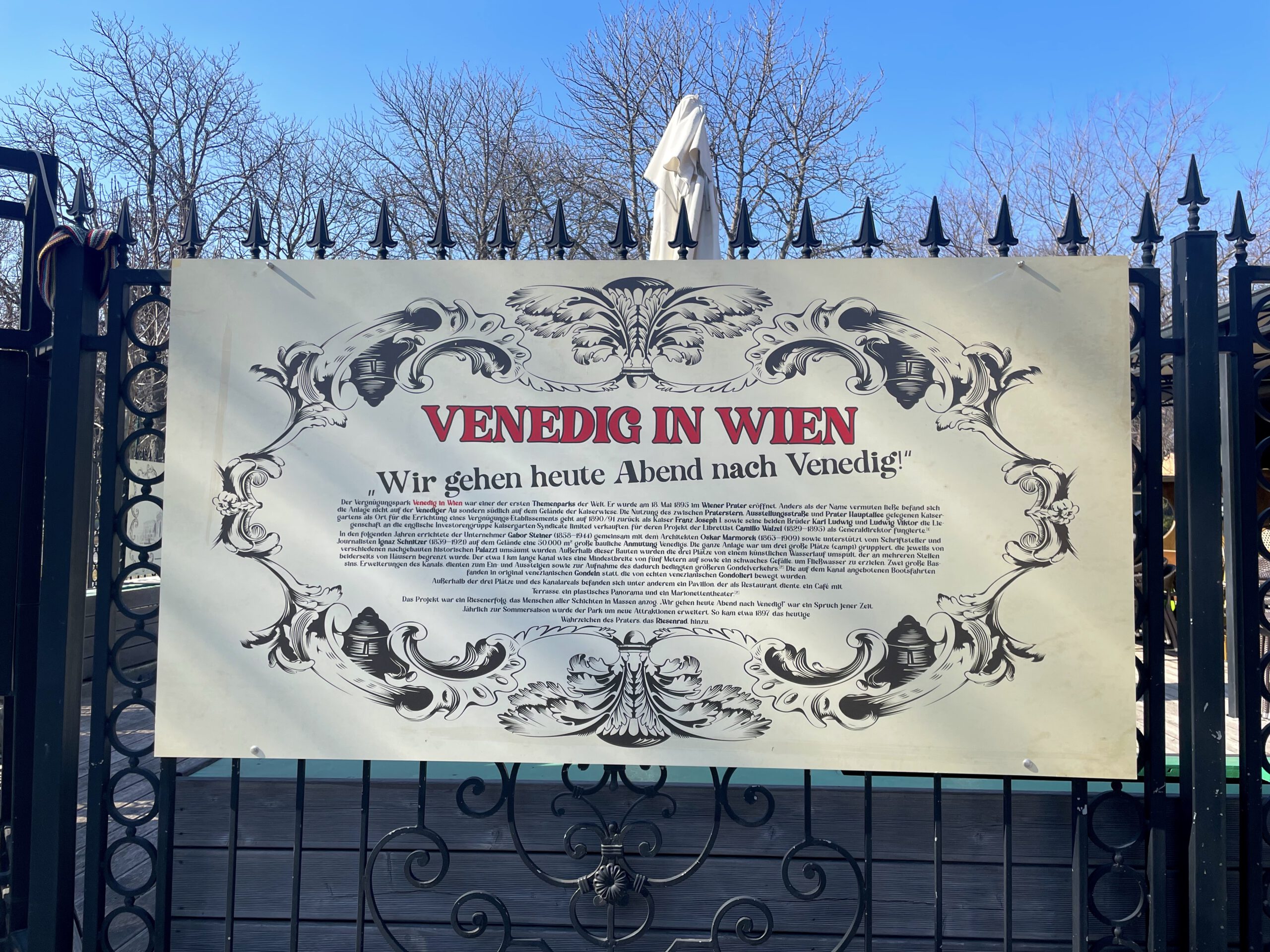
Making Of Foto @ Nina Kusturica
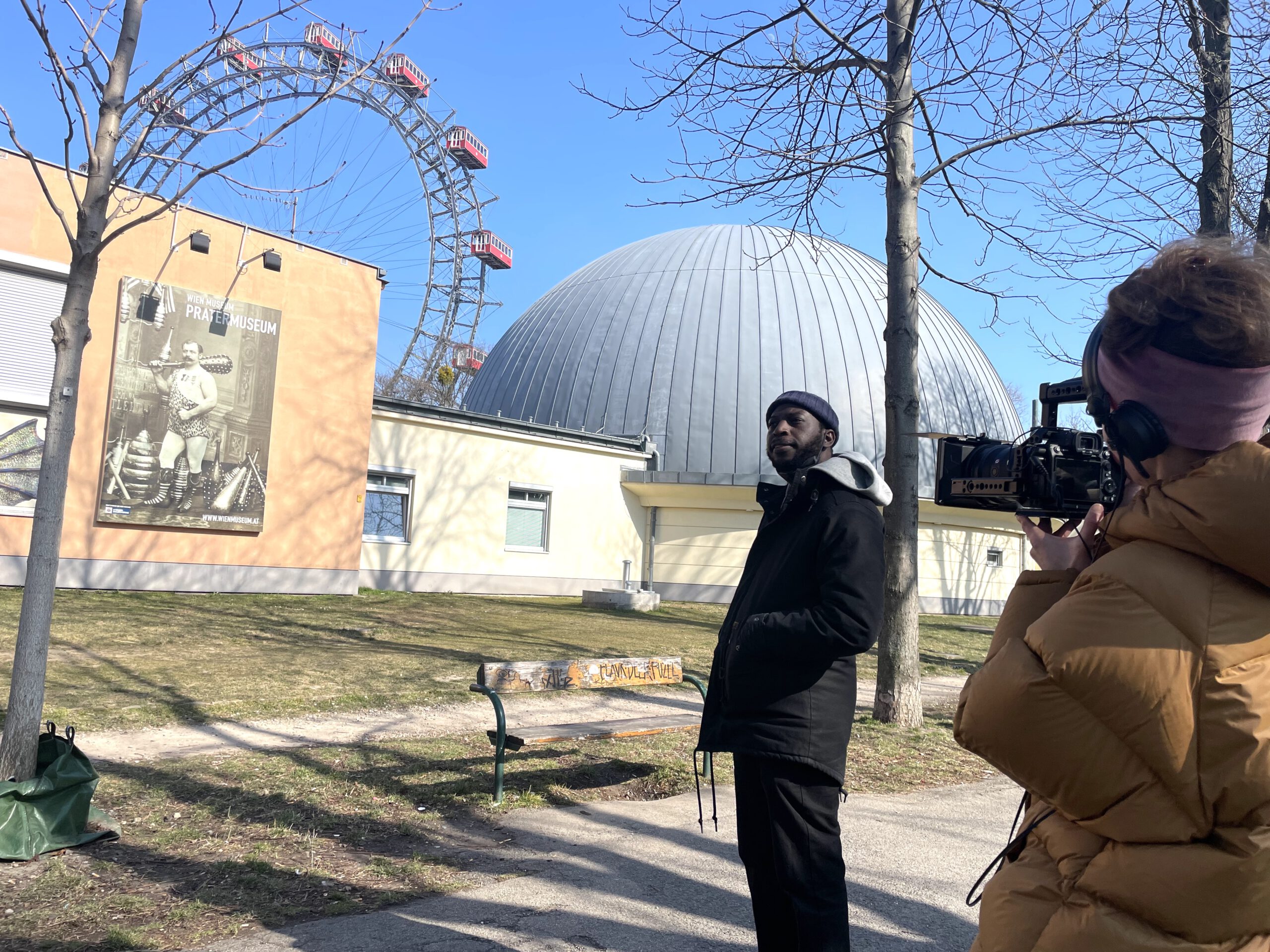
Making Of Foto @ Nina Kusturica
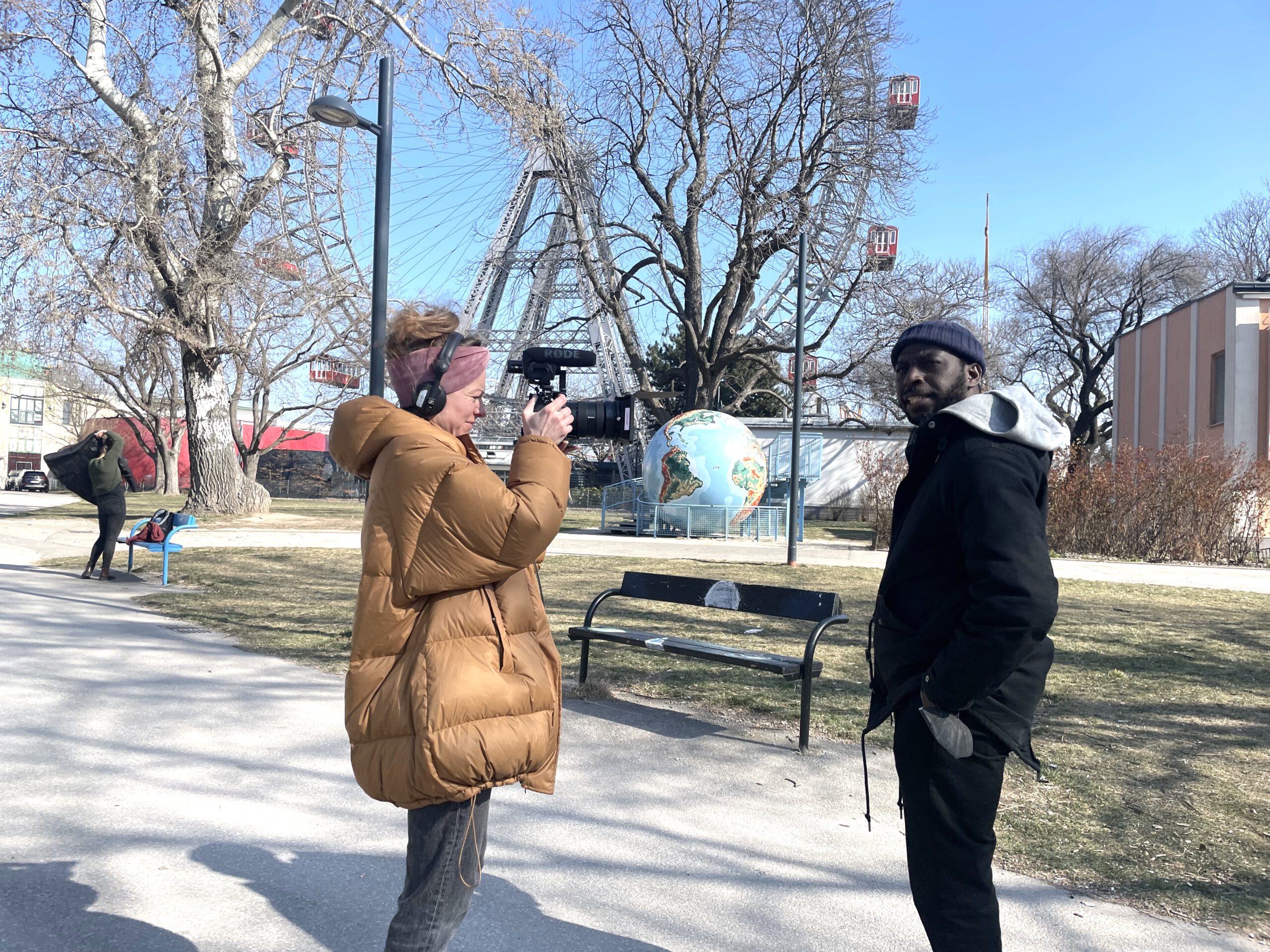
Making Of Foto @ Nina Kusturica